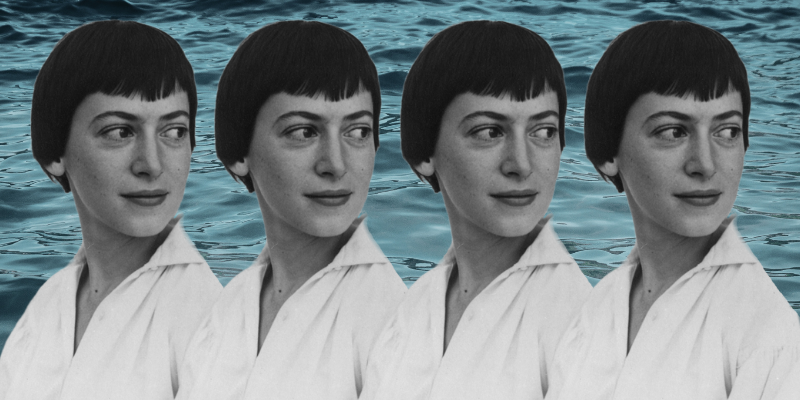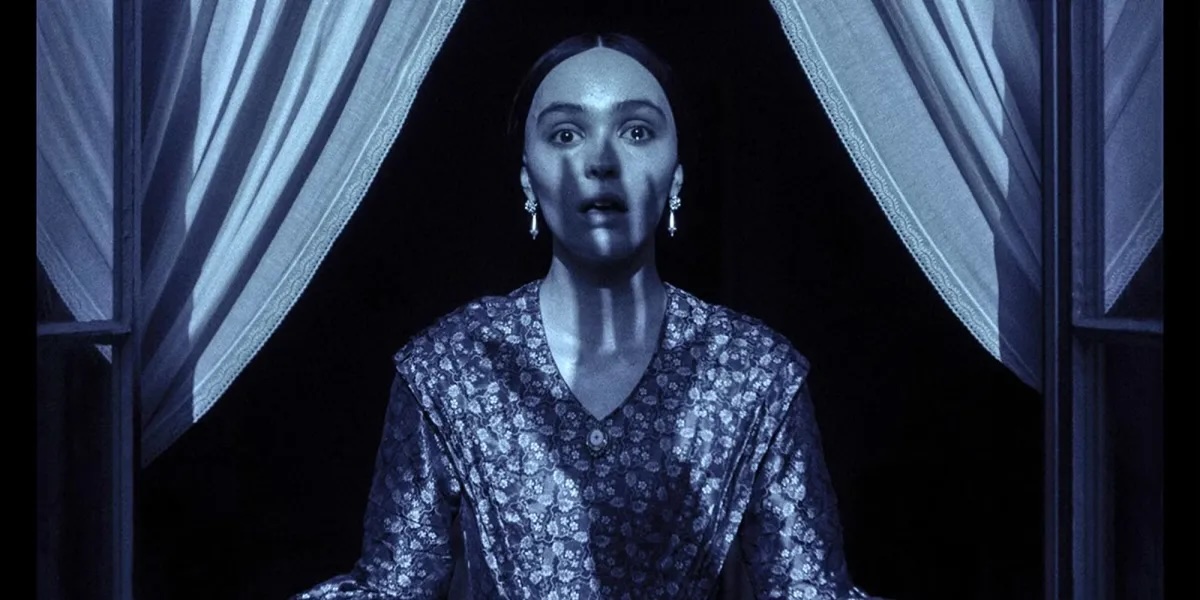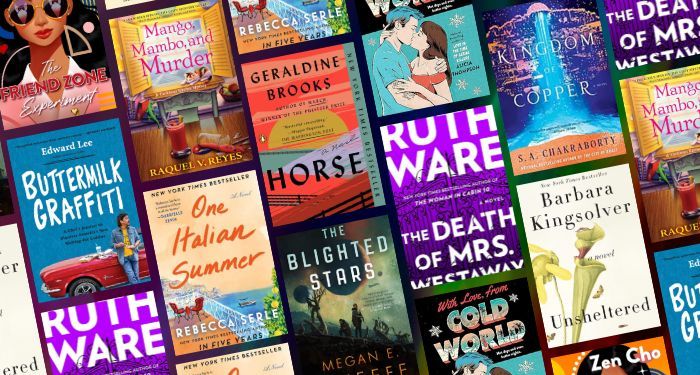This week, PRINT Magazine introduced me to the work of Candace Hicks, a Nacogdoches, Texas-based artist who makes, among other things, gorgeous and beguiling cloth recreations of classic composition notebooks, complete with embroidered text on functional pages. “Sewing every line, letter, and illustration in the books enhances their status as objects,” she explains. “By laboring over a dime store composition book, painstakingly recreating it by hand, I have found a way to express the insignificant as potentially philosophical.”
Hicks has been working on this series, called “Common Threads,” for almost 20 years. “Reading books, especially fiction, is as necessary as sleeping, exercise, food, and water,” she told PRINT.
Some artists make work because they feel compelled, but that’s how I feel about stories. So I read a lot, and I notice that sometimes a word, phrase, or character name appears in two or more books in a row. I find unexpected phrases like “black currant lozenge” or “antique dental instrument” in two unrelated books read in succession. Good writers of fiction know that a chance encounter or coincidence convinces the reader of the believability of a plot. We basically only tell stories of serendipity, and we suspend our disbelief when we know the coincidences have been orchestrated by the author of fiction.
In the books I’m reading, another intertextual story emerges, fueled by my own random selections. No one else is reading the same books as me in the same order, so in a way, my reading is my life’s work. The hand-stitched notebooks that I make recording the coincidences I uncover are a by-product of that process.
 Candace Hicks
Candace Hicks
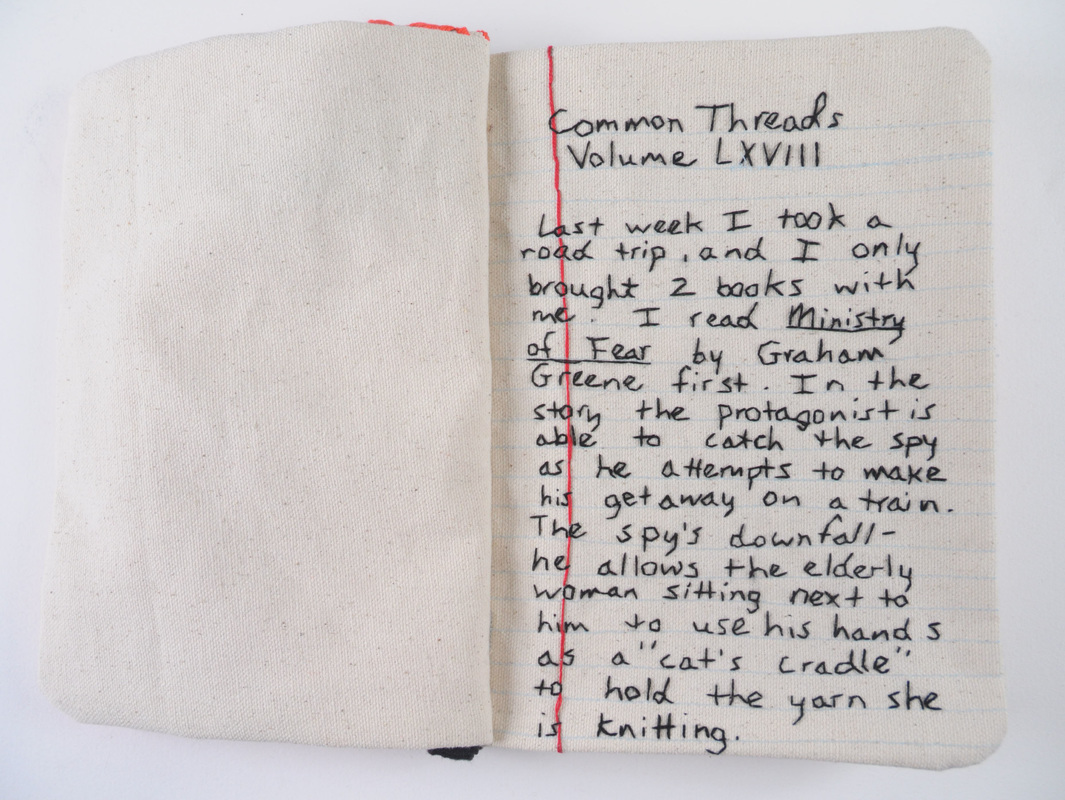 Candace Hicks
Candace Hicks
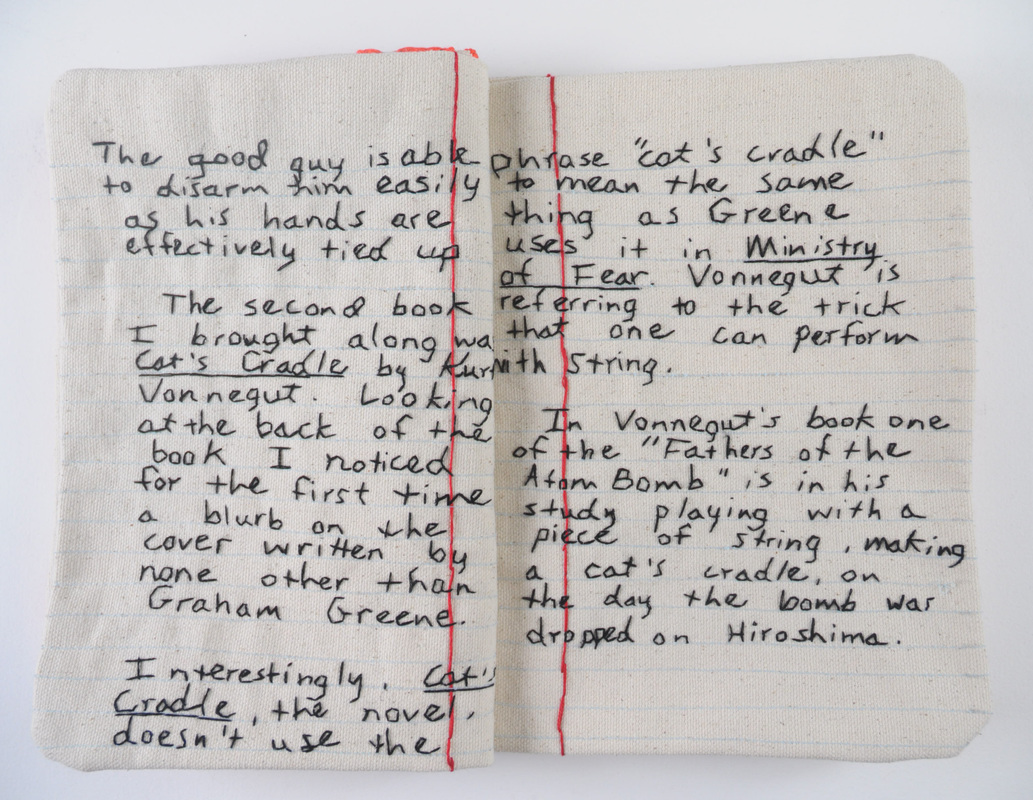 Candace Hicks
Candace Hicks
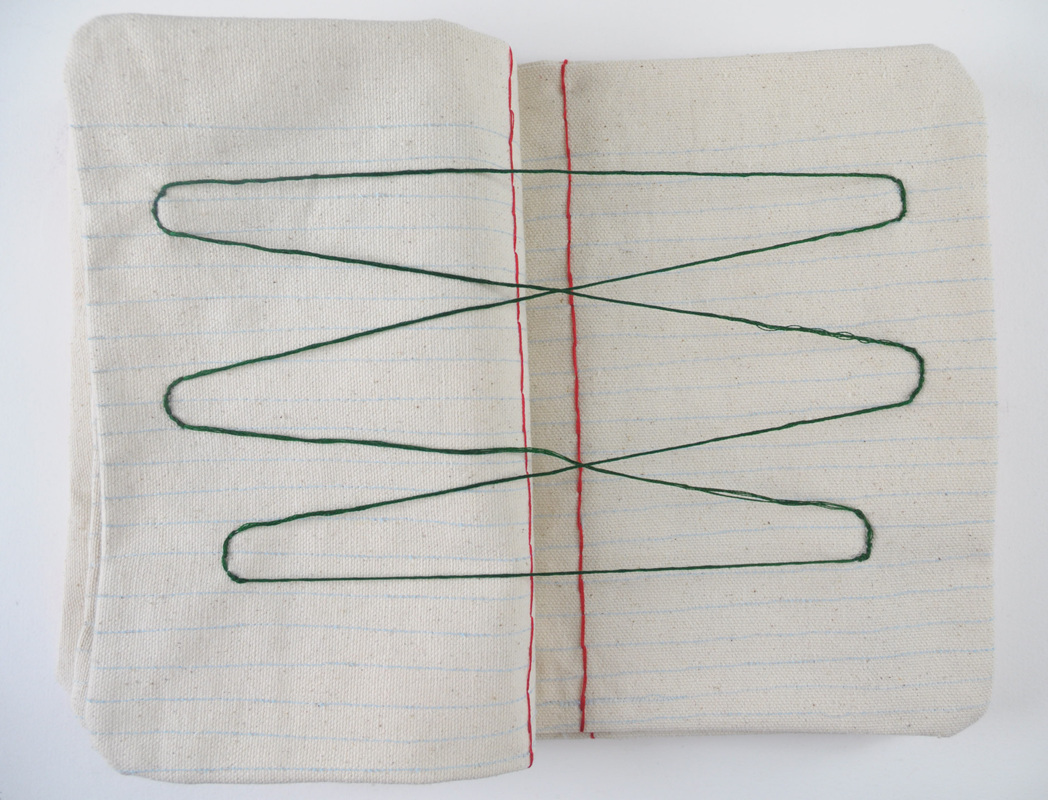 Candace Hicks
Candace Hicks
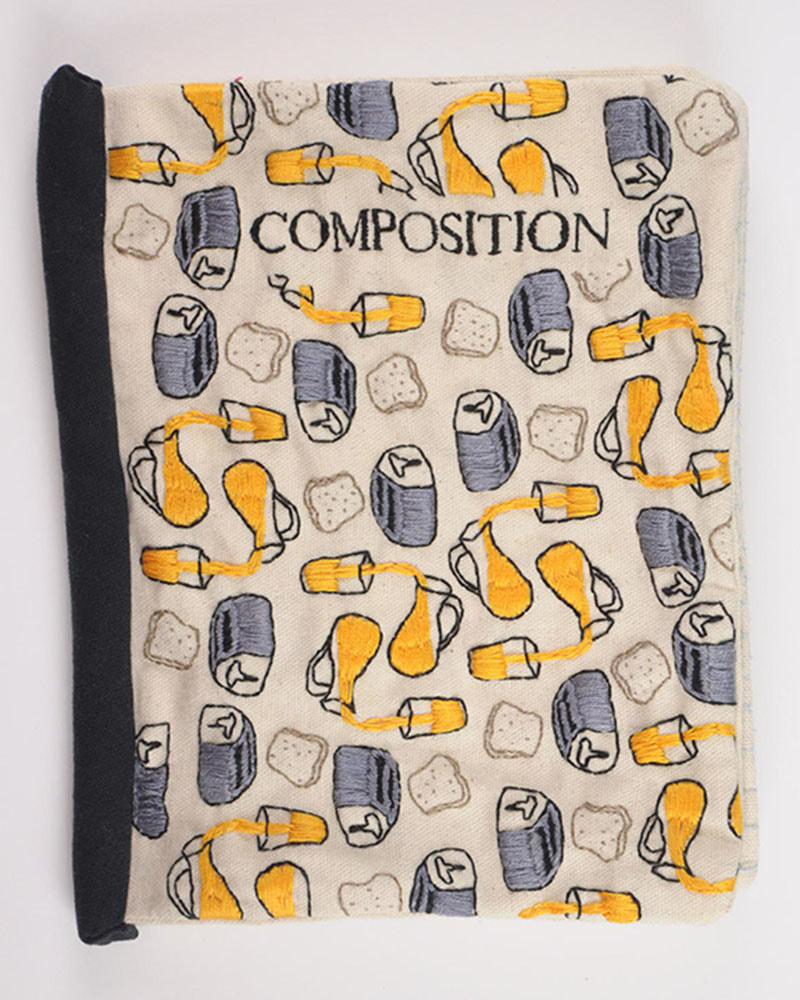 Candace Hicks
Candace Hicks
Another series, “Notes for String Theory,” focuses on manipulations of the notebook pages themselves:
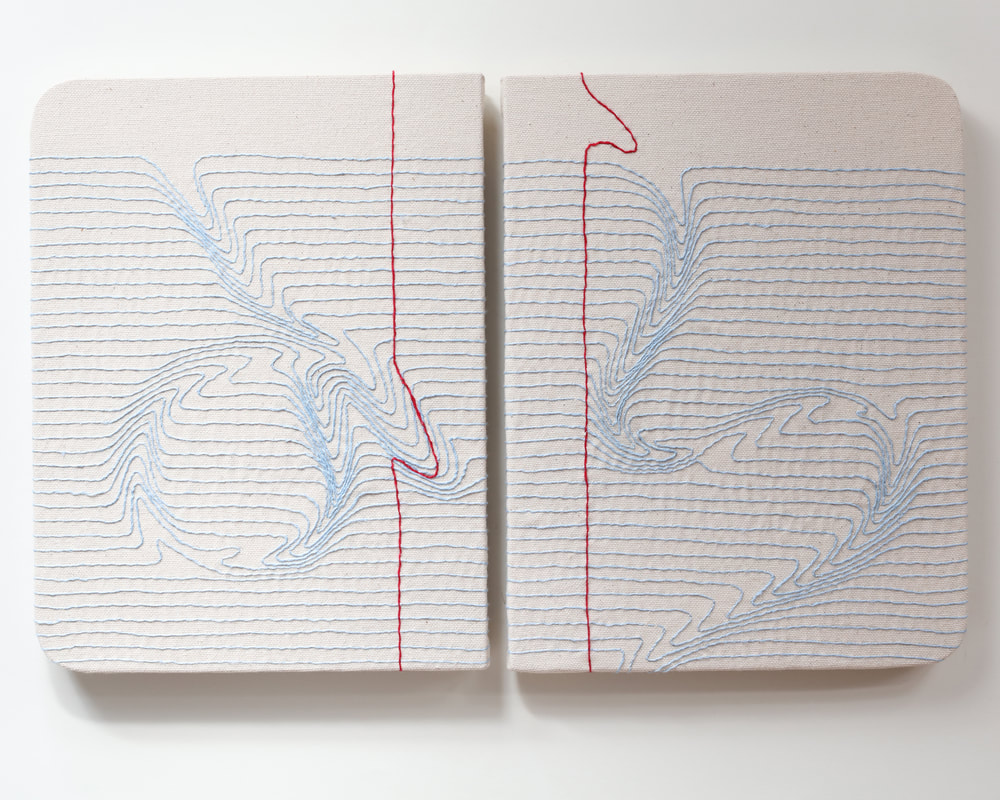 Candace Hicks
Candace Hicks
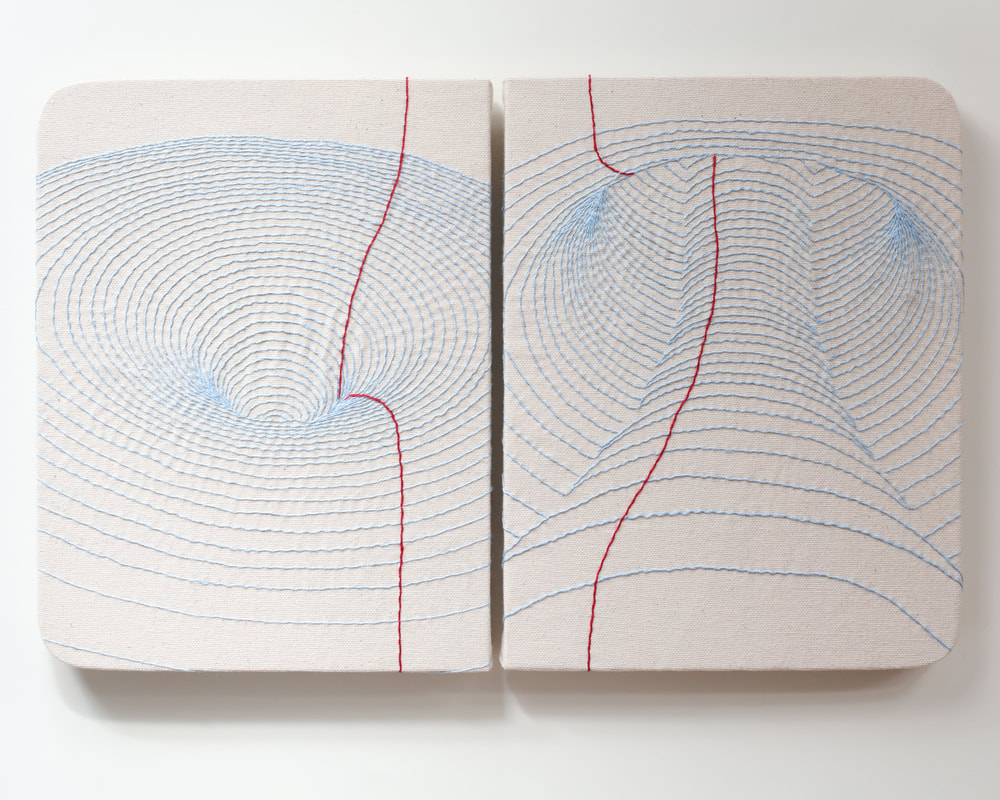 Candace Hicks
Candace Hicks
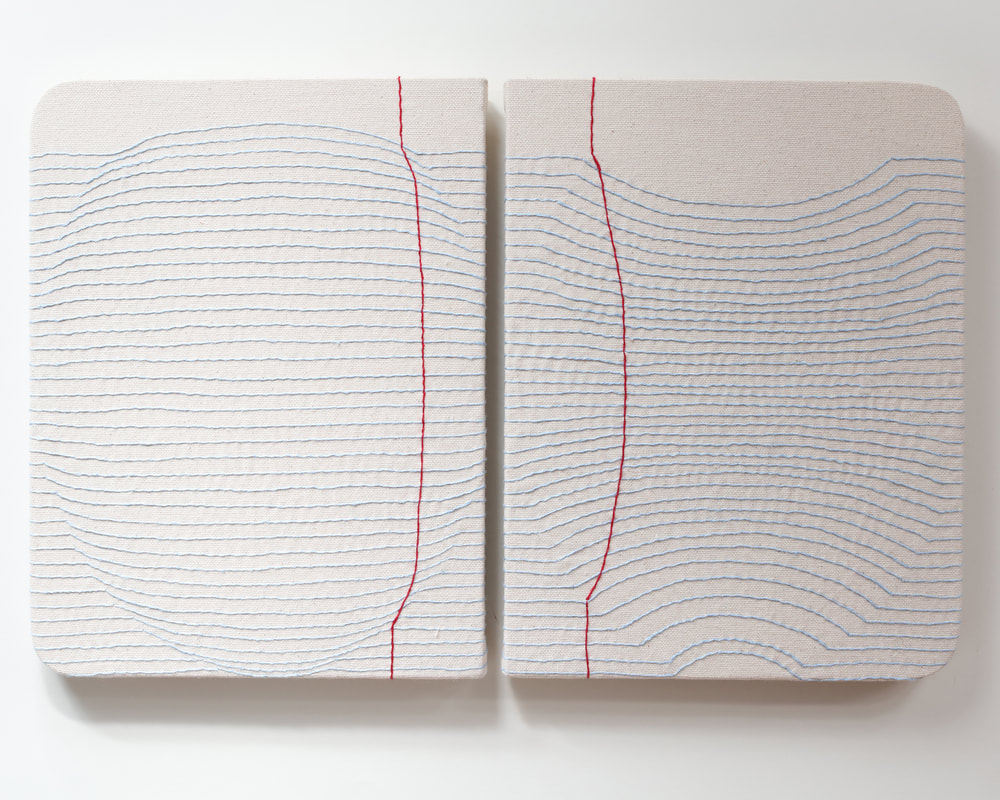 Candace Hicks
Candace Hicks
Candace Hicks is represented by Booklyn, where you can purchase some of her work.









































